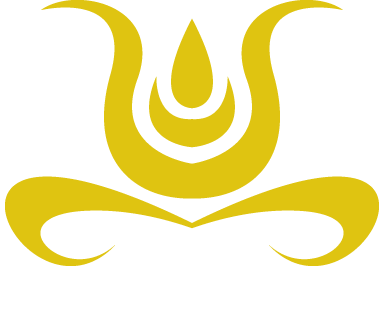"The role had turned over 3 times in 3 years."
/"I already know what's not working, and I've made changes over time to improve the situation. But now? Now I'm just ready to do it better."
It's hard to recall how many times I've heard some version of this statement from a client. And when this situation rears its head, it's very often about hiring.
It's the same point I reached when I came to coaching as a client.
There was a manager role in the company, and it should have been filled with the right person, doing the right work, in the right way. Instead, the role had turned over three times in three years.
Some duties and responsibilities were accomplished, but I could never shake the sense that..
The organization wasn't making progress with anything connected to this role,
Maybe I had hired the wrong person AGAIN and
Somehow #1 and #2 were my fault.
There are so many factors outside of our control when we lead - industry factors, national and global economies, and the whims of our customers.
I get excited to help leaders build processes to hire better because who we hire is well within our control.




